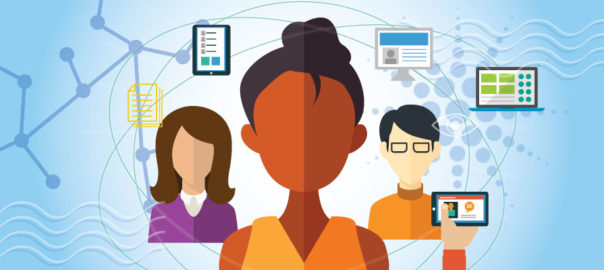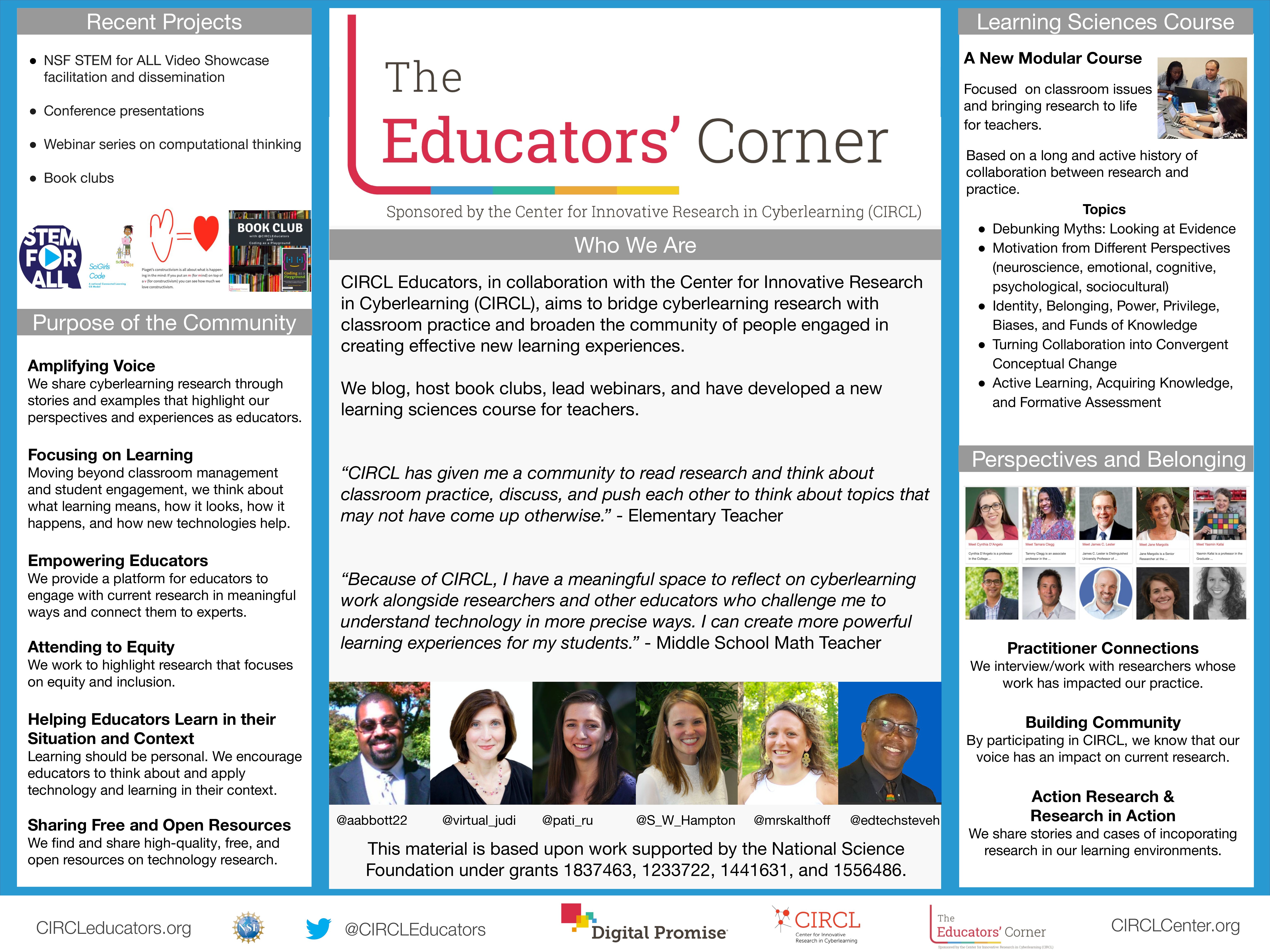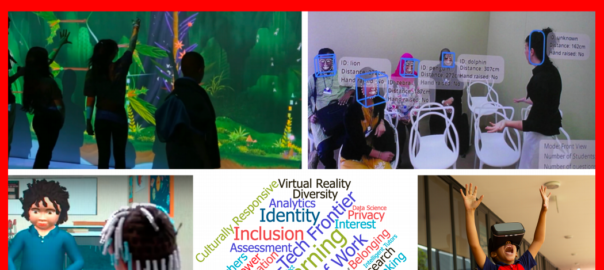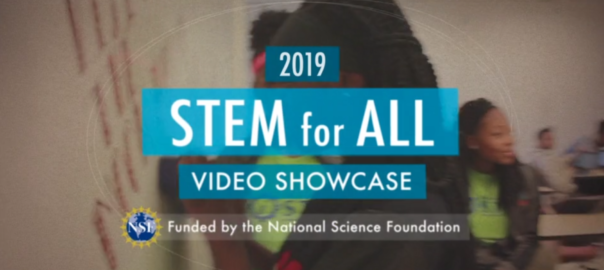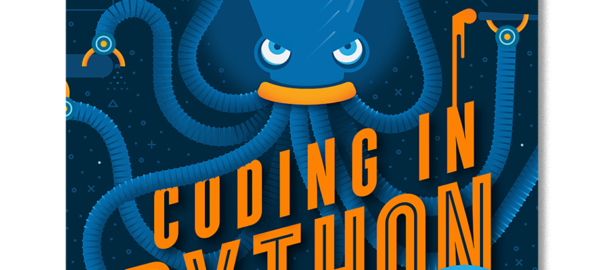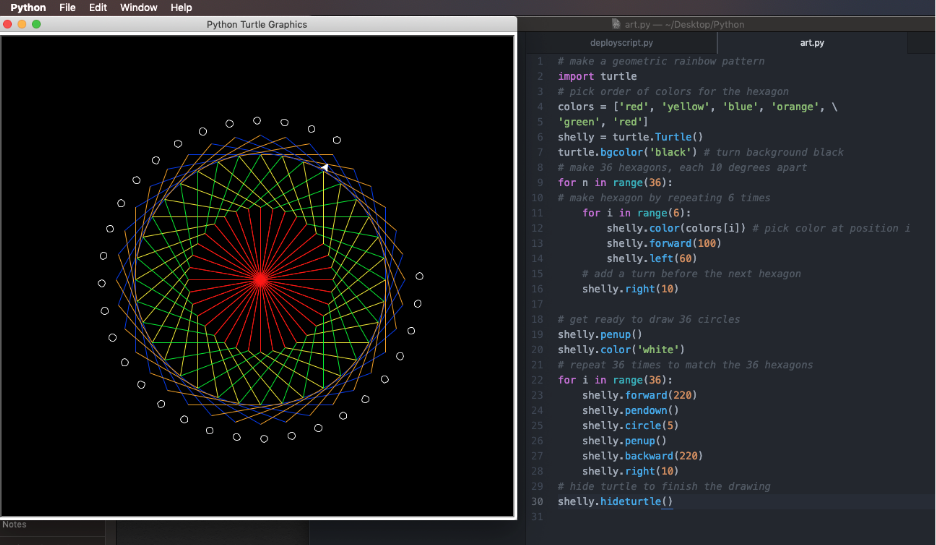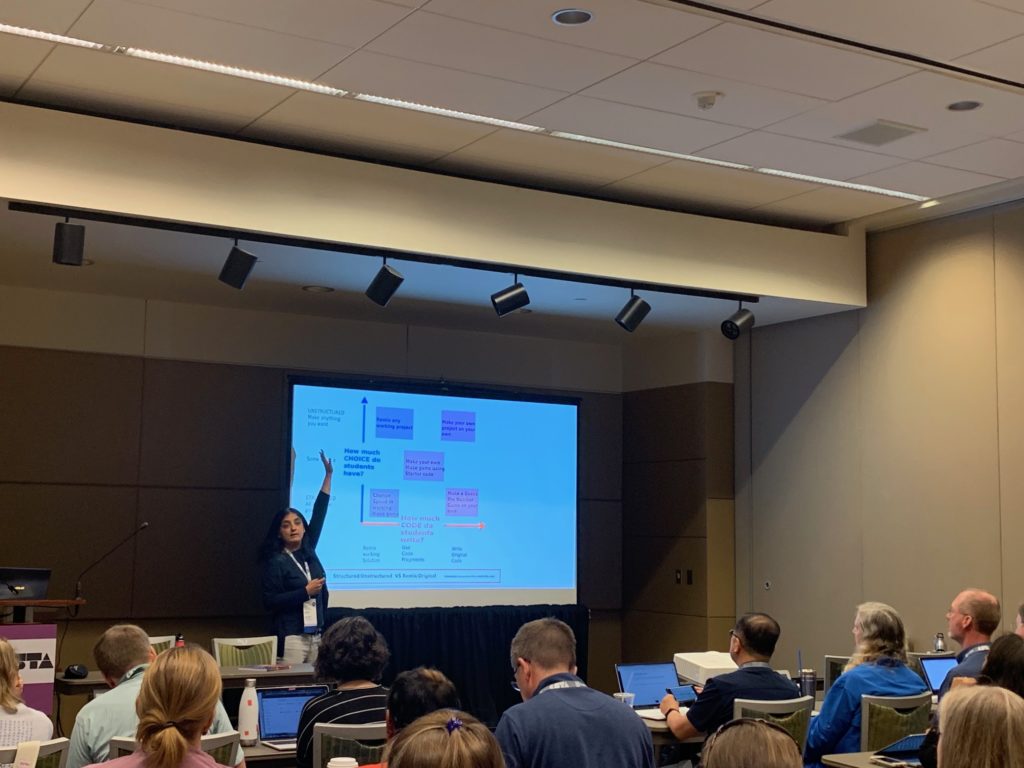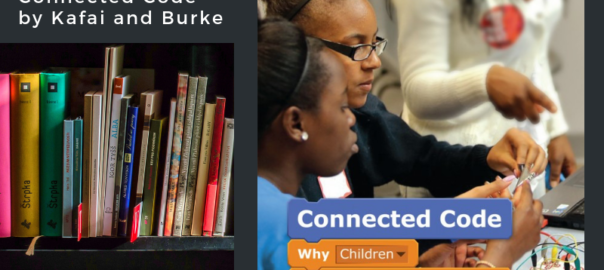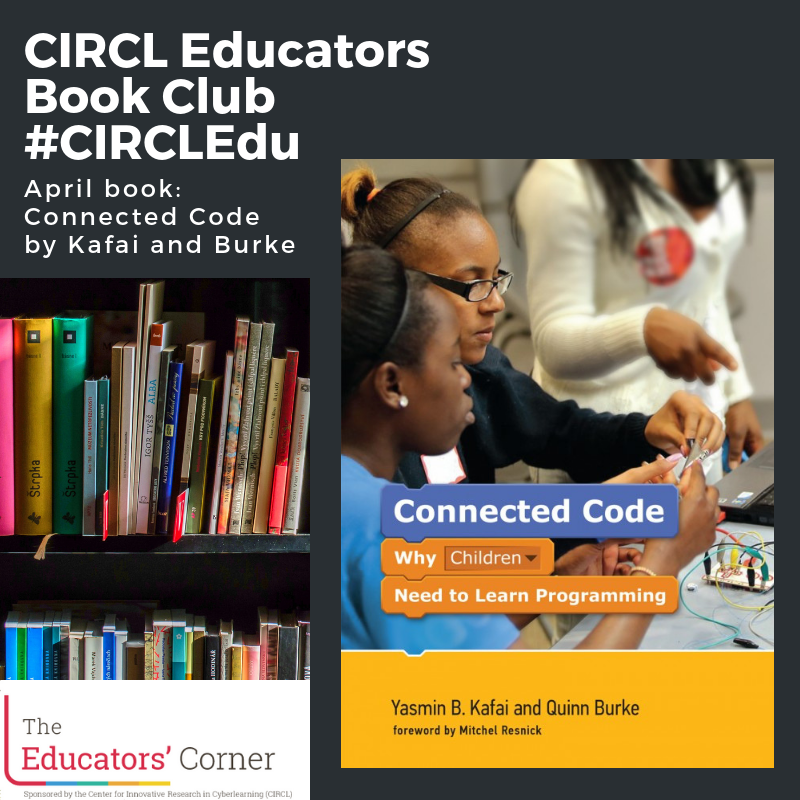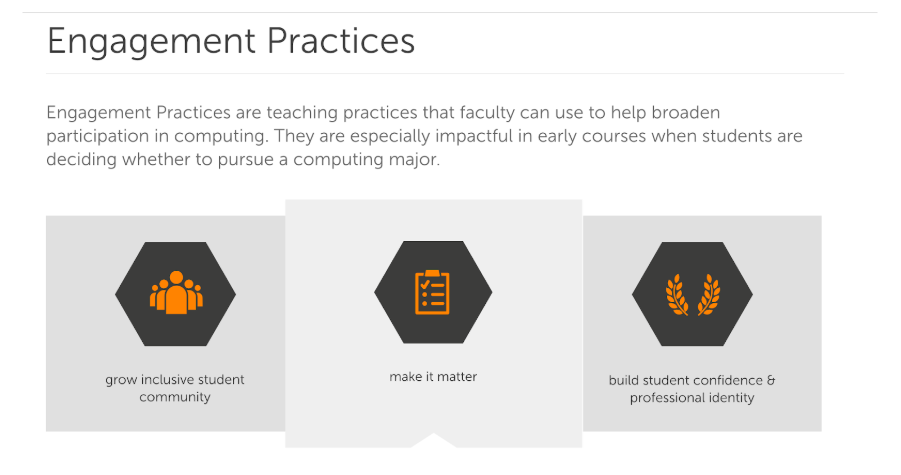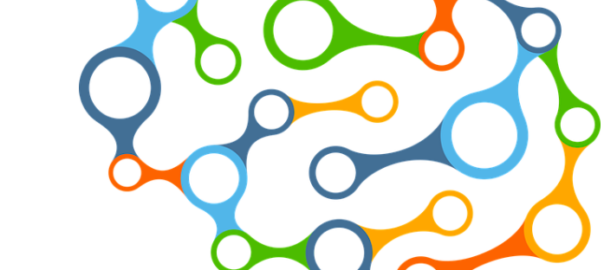By Judi Fusco and Pati Ruiz
During this uncertain time, we share stories about what different schools, districts, and educators are facing. As we spoke to educators, one sentiment that came through is that we’re all experiencing something new. Even educators with experience teaching online are supporting colleagues who haven’t done this before. All of the educators shared how going remote means you can’t do the same things as you do in a brick and mortar school. A half-full perspective says this is an opportunity to bring in new methods and think more about centering the student(s).
We spoke to three education leaders who have been thinking about online/remote learning for many years. Dr. Joy Lopez, Director of Technology at Sacred Heart Schools in CA helped create the SHP Flexible Plan for Instructional Continuity with Dr. Diana Neebe. Dr. Colleen Murray at Haddonfield Schools in New Jersey used the SHP plan to help create a guide for her district. At the Riverside County Office of Education, Dr. Steve Hickman helped develop remote learning guidance for the State of California. The three leaders had different perspectives depending on the people they serve; each discussed their plan as a starting point, and that each district, school, and teacher will need to figure out a solution for their unique situation. All of the educators spoke about the importance of making sure the people are the first priority. Dr. Lopez points out that this is a massive change and it’s not surprising that teachers and students feel like they are starting over.
We also spoke to Dr. Kip Glazer, a principal at a high school in Santa Barbara, CA who discussed the huge digital divide she sees; her high school is 51% free and reduced lunch. The school has been closed for a week, with the exception of providing meals for students, and will stay closed through spring break. Upon return, the district will move to remote learning. Right now, the focus is determining what they can do to deliver remote learning equitably. Because of the huge disparity in her district, Dr. Glazer has been considering, “What does remote learning look like for a kindergartner who is homeless, or for students with dangerous domestic situations?” In contrast, she has parents worried that their child won’t pass an AP test.
Dr. Glazer would love for people to understand that school is more than a place of testing, how it’s the heart and soul of a community. She sees students wandering around the school because they miss it. Drs. Murray and Glazer also discussed how the switch is causing some teachers and assistants, who are new to the digital world, to feel uncomfortable and uncertain about their role and what they can do to support students.
Remote learning is a new opportunity that will require learning on everyone’s part, creativity, compassion, and caring, and will continue to change in the next few weeks. We heard ideas for new classroom tactics. Dr. Lopez described how in situations with multiple teachers at the same grade level, they can team up for redundancy. She hopes none of her teachers get sick, but this could help mitigate coverage issues. Also, one kindergarten teacher got creative and put her iPad on a chair while talking to students to give the same view they have from the circle-time rug.
Sarah Hampton, a middle school math teacher is making ShowMe videos for students to help them understand operations with exponents. She discussed how her ShowMes have an advantage over those made by others because she can say things in ways her students are used to hearing. She further personalizes by saying names during the videos to direct their attention. Kristyn Palazzolo, a Library Media Specialist, is working to support families. She is building a parent website with virtual field trips, sample daily schedules, curated lists of shows, enrichment activities (at home crafts and science activities), and other resources. Kristyn is also creating a reading challenge where parents take pictures when they catch their children reading and STEAM video challenges; the first was to create a Rube Goldberg machine.
Thank you, educators, for sharing. We know how much you miss your students, and we look forward to seeing more in this new digital space.

